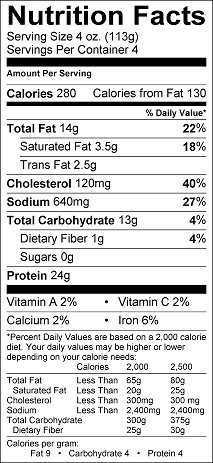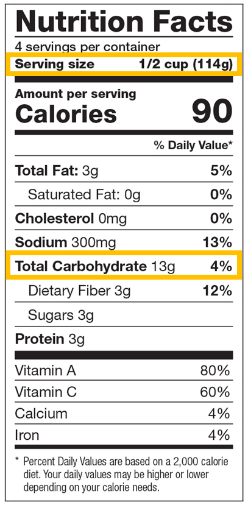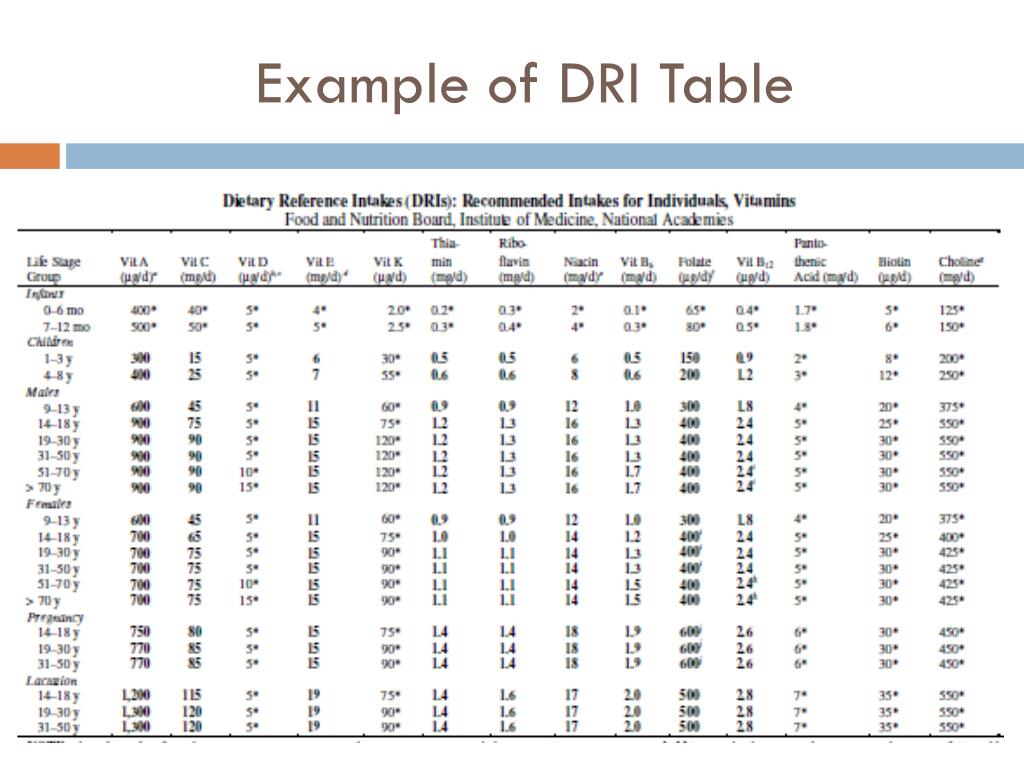38 reading nutrition labels carbohydrates
How To Read Food and Beverage Labels - National Institute on Aging These foods have a legal limit to how many calories, grams of fat, or carbohydrates (carbs) they can contain per serving. However, if a serving size is very small, you may end up eating multiple servings in one sitting, ultimately consuming the same amount of fat, calories, and carbs as the regular version of the food. Multigrain. Understanding Food Nutrition Labels | American Heart Association Make sure you get enough of the nutrients your body needs, such as: calcium, choline, dietary fiber, iron, magnesium, potassium, and vitamins A, C, D and E.* 5 - Understand % Daily Value. The % Daily Value (DV) tells you the percentage of each nutrient in a single serving, in terms of the daily recommended amount.
How to Read Carbohydrates on Food Labels - GlycoLeap When learning how to read carbohydrates on food labels, always remember that 1 serving of carbohydrate is equal to 15 g of carbohydrates. If you want to have a snack, it is recommended to eat no more than 1 to 2 servings of carbohydrates in one sitting. That would be around 15 to 30 g of carbohydrates. Snack = 15 - 30 g of carbohydrate
Reading nutrition labels carbohydrates
How to Read Food Labels & Count Carbs | Allulose Nutrition Facts Label. Since 1994, the familiar "Nutrition Facts" label has appeared on food and beverages to allow consumers, health professionals and others to make and recommend better choices for health. While the U.S. Food and Drug Administration has proposed changes to the label — including the addition of added sugars, the update ... Reading Food Labels for Carbohydrates - dummies Reading food labels is a vital skill for anyone who counts carbohydrates. To find the amount of carbohydrates in your foods, follow these steps: Look for the line that reads "Total Carbohydrate" on the label. The value on this line will tell you how many grams of carbohydrates are in one serving of the food. How to Read a Nutrition Label | Blue365 Deals Carbohydrates include sugar. You might notice nutrition labels list total sugars as well as added sugars. What's the difference? Total sugars include naturally occurring sugars from ingredients such as dairy, fruits, and vegetables plus added sugars. Added sugars are refined sugars such as white sugar, honey and maple syrup. The better option?
Reading nutrition labels carbohydrates. How to Read a Food Label | Atkins But once you know the secret to figuring out how many carbs really count, the labels will become easy reading. Backing into a Carb Count. Almost everything displayed on the Nutrition Facts panel is based on specific laboratory procedures, called assays, regulated by the FDA. The quantity of fat, protein, ash and water can all be directly and ... How to Understand and Use the Nutrition Facts Label | FDA Dietary fiber, vitamin D, calcium, iron ad potassium are nutrients on the label that Americans generally do not get the recommended amount of. They are identified as nutrients to get more of.... This Is How to Read a Nutrition Facts Label on the Keto Diet 1 gram of carbohydrate = 4 calories (4 units of energy) 1 gram of fat = 9 calories (9 units of energy) You don't have to memorize these values, but simply keep in mind that calories are the sum total energy of the protein, carbs, and fats found in food, and they strongly influence whether you lose, maintain, or gain weight. Reading Food Labels When You Have Diabetes - WebMD At least 25% less cholesterol and 2 g or less of saturated fat. Calorie free. Less than 5 calories. Low calorie. 40 calories or less. Light or lite. 1/3 fewer calories or 50% less fat. Other ...
How to Read Food Labels | Your Low Carb Hub The below label shows there are 4.3g of carbs in a 15ml serving size which is equivalent to one tablespoon. 3.4g of this is sugar. There is 22.7g of sugar in 100ml, that's 5.6 teaspoons of sugar. The World Health Organisation (WHO) recommends no more than 5-10 teaspoons of added sugar in an entire day. Reading food labels: Tips if you have diabetes - Mayo Clinic Less than 5 grams of carbohydrates a serving Do the math Pay attention to serving sizes. The serving sizes listed on food labels may be different from the serving sizes in your meal plan. If you eat twice the serving size listed on the label, you also double the calories, fat, carbohydrates, protein, sodium and other ingredients. How to Read Nutrition Labels: Fat Content, Carbs & What To ... - HighKey The Dietary Guidelines suggest that 45-65% of your total daily calories come from carbohydrates. For fiber, the Dietary Guidelines recommend that women consume 25 grams of fiber per day and men consume 38 grams per day . Once you turn 50, those numbers decrease slightly to 21 grams per day for women and 30 grams per day for men. Reading Food Labels | ADA - American Diabetes Association The Nutrition Facts labels on foods are really the key to making the best choices. We'll cover the basics so that these labels make shopping easier for you. Get started Understanding Carbs You've heard it all. From carb-free to low-carb, to whole and empty carbs, it's hard to know what it all means. Learn more Food & Blood Sugar
How to read nutrition facts labels - Diabetes Care Community Fibre does not raise blood glucose and should be subtracted from the total carbohydrate (for example, 36 grams of carbohydrate minus 6 grams of fibre = 30 grams available carbohydrate). Fibre: Choose foods high in fibre, and aim to consume 25 grams (or more) of fibre per day. It's worth taking the time to read the Nutrition Facts tables. Reading nutrition labels - Diet Doctor Explores Oftentimes, I'll stand in the grocery store aisle for more than 20 minutes just to compare nutrition labels across various brands of the same product. I find myself studying the included ingredients, serving sizes, and other nutritional information to find the healthiest option with the lowest carb count. How To Read Nutrition Labels (Like a Pro) - Ditch The Carbs Carbohydrates will be on the nutrition label are often broken down into carbohydrates, sugars, starch, and fiber. However, each brand may display its nutritional contents differently. And depending on which country you are in they will either show NET or TOTAL carbs and sometimes it isn't clear which they are referring to. Reading labels | Diabetes UK Always look at the 'total carbohydrate' on the label when carb counting. This will make sure you are counting both the complex (starchy) and simple (sugary) carbs in your food. Both will raise your blood glucose (blood sugar) levels, and need to be matched with insulin.
Low Carb Guide to Understanding Nutrition Labels - Virta Health Sugar should be zero as often as possible (1-2g at most). Fiber is a carb and should be included in your total for the day (initially 30g or less). Again, pay attention to the serving size. Something might be low in carbs, but if you eat 3 or 4 servings, you can easily go over your daily limit. 7.
Reading Nutrition Labels - Cronometer Carbohydrates including fibre (the carbohydrate value listed on American labels is NOT Net Carbs) Updated (2016) American This label type can be found on most American branded products. Key features include: Energy measured in Calories only, Convenient serving size measurement (e.g. cups, oz, fl. oz, Tbsp) Vitamin D, Iron, Calcium, Potassium
How to Read the New Food Label The percent daily value (%DV) can be used as a quick guide to the food label. Try the 5/20 rule when reading a label. Think about 5% or less as low for any nutrient and 20% or more is high for any nutrient. The %DV is a great way to compare food products if the serving size is the same. Fiber is the nutrient on the label that you want to aim ...
How to Use the Nutrition Facts Label — Diet Doctor This chocolate has 14 grams of carbohydrates per serving. 3. Calculate net carbs per serving Third, check the grams of dietary fiber per serving (circled in green, above). Subtract the fiber (green) from the total carbohydrates (blue) to get the net carbs. This chocolate has 9 grams of net carbs per serving (14g carbs - 5g fiber = 9g net carbs).
LABEL READING: CARBOHYDRATES AND SUGARS - Renaissance Nutrition Center ... If there were sugar names in the ingredient list, then be very suspicious of what is on the label. The label may list as many as six items: Total Carbohydrate Dietary Fiber Soluble fiber Sugars Sugar alcohols Other Carbohydrates Some manufacturers voluntarily include the subcategories of sugar alcohol and "other carbohydrates." Others do not.
Learning To Read Labels :: Diabetes Education Online On a nutrition food label, subtract the fiber from the total carbohydrate amount. When you read food labels, the grams of sugar are already included in the total carbohydrate amount, so you do not need to count this sugar amount separately. The grams of sugar listed include both natural sugars, from fruit or milk, and added sugars.
Food Labels | CDC - Centers for Disease Control and Prevention If you eat the whole thing, you are eating 8 times the amount of calories, carbs, fat, etc., shown on the label. Total Carbohydrate shows you types of carbs in the food, including sugar and fiber. Choose foods with more fiber, vitamins, and minerals. Choose foods with lower calories, saturated fat, sodium, and added sugars. Avoid trans fat.
How To Figure Out The Carbs On Nutrition Labels Trying to interpret the carbohydrates on nutrition facts labels can be downright confusing. There's a number for total carbohydrates but then there are subheadings for dietary fiber, sugars, and sometimes insoluble fiber, sugar alcohols, and other carbohydrates. What Does Everything Mean? Total Carbohydrate, shown in grams, is first.
PDF Read the Food Label for Carbohydrates - National Institutes of Health Read the Food Label for Carbohydrates Food labels help you choose foods that are lower in calories and in carbohydrates and sweeteners. Here is a food label for a 12-ounce regular soda. The label provides lots of useful information. 1. Serving Size and Number of Servings The serving size is 12 ounces. There's 1 serving in this container. 2.
How to Read a Nutrition Facts Label | Everyday Health First, know that, as the label itself states, the included nutritional info is based on a 2,000-calorie-a-day diet. Your personal nutritional needs may vary, however. At the top of the label, you ...
How to Read a Nutrition Label on the Keto Diet - Hip2Keto You could even consider carrying around a salt grinder or salt packets to add sodium on the go! 6. Look closely at Total Carbohydrates. Total carbs are arguably the most important part of the nutrition label to pay attention to. In general, most keto eaters keep their carb count below 20-40g each day.
How to Read a Nutrition Label | Blue365 Deals Carbohydrates include sugar. You might notice nutrition labels list total sugars as well as added sugars. What's the difference? Total sugars include naturally occurring sugars from ingredients such as dairy, fruits, and vegetables plus added sugars. Added sugars are refined sugars such as white sugar, honey and maple syrup. The better option?
Reading Food Labels for Carbohydrates - dummies Reading food labels is a vital skill for anyone who counts carbohydrates. To find the amount of carbohydrates in your foods, follow these steps: Look for the line that reads "Total Carbohydrate" on the label. The value on this line will tell you how many grams of carbohydrates are in one serving of the food.
How to Read Food Labels & Count Carbs | Allulose Nutrition Facts Label. Since 1994, the familiar "Nutrition Facts" label has appeared on food and beverages to allow consumers, health professionals and others to make and recommend better choices for health. While the U.S. Food and Drug Administration has proposed changes to the label — including the addition of added sugars, the update ...










Post a Comment for "38 reading nutrition labels carbohydrates"